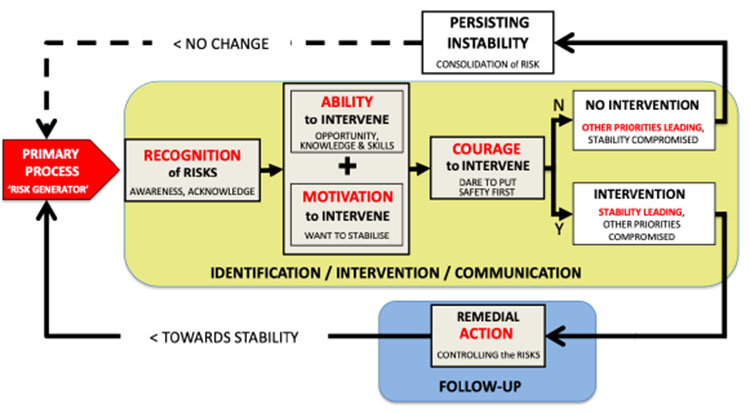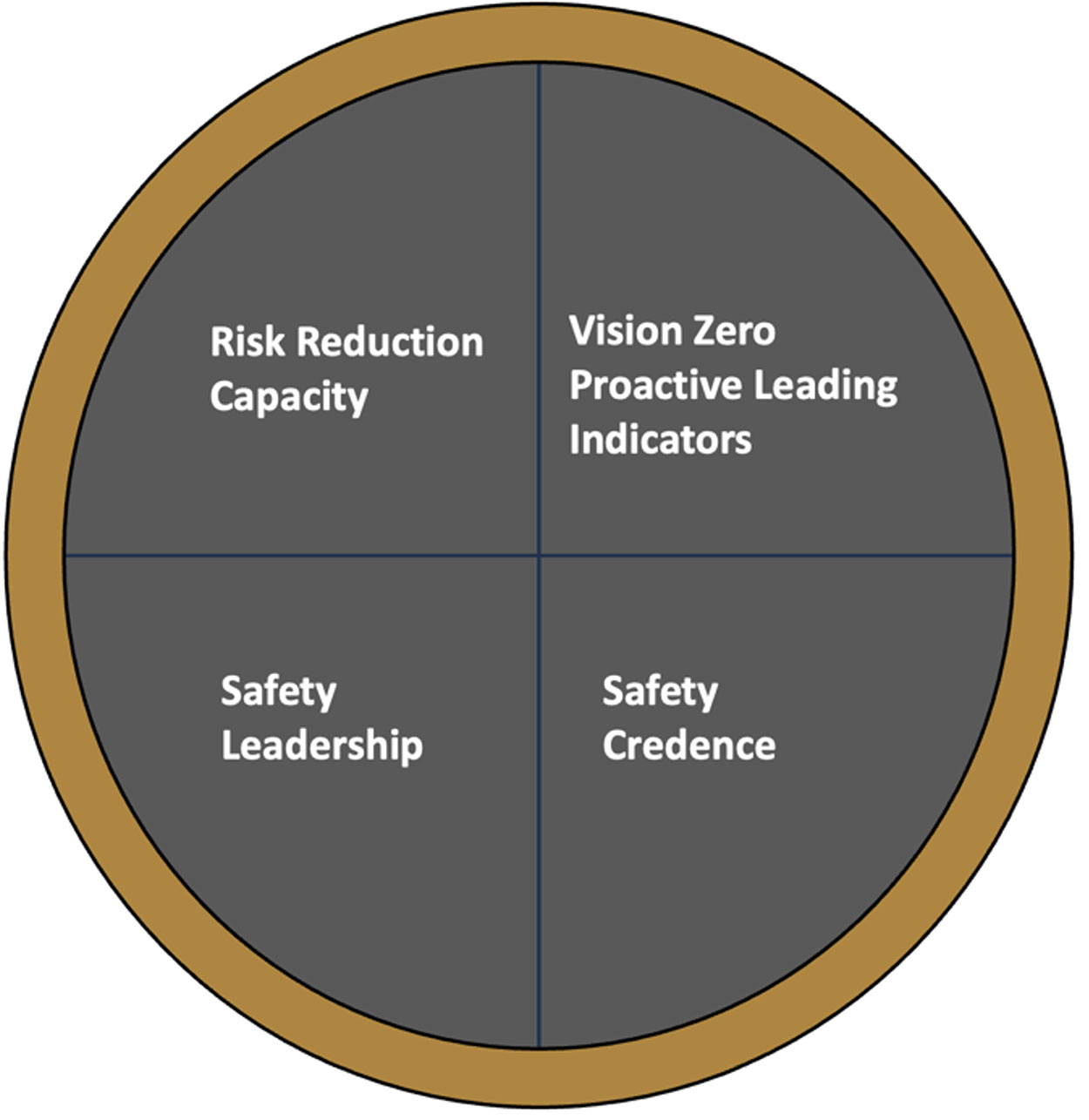home / process
Self scan
After the kick-off with the team, the process begins with a Self Scan of the organization.
After the so-called baseline measurement, we will repeat this every year to monitor progress.
CoachingCoaching
The organization receives comprehensive feedback on all scores. A distinction is made between:
- Fully implemented
- Scope for improvement
- Action is needed here
Evaluation scan
The answers received are validated and scored. The results are compared to the set standard. On these, you will receive comprehensive feedback.
At a later stage, it will also become possible to benchmark your organization against other organizations.
CertificationCertification
Upon successful completion of the program, the company is recognized as a Safe (& Healthy) Place to Work.
Part 1: Risk reduction capacity
Module: Risk Reduction Capacity
In the Risk Reduction Capacity module the SL!M Survey measures the extent to which five risk reduction phases are managed in the workplace.
To this end, respondents rate the following statements (from “strongly disagree” to “strongly agree”):
- In the workplace, people know the safety risks.
- In the workplace, people are able to intervene.
- In the workplace, people want to intervene.
- In the workplace, people dare to intervene.
- Detected risks are resolved by the organization in a timely manner.

Part 2: Vision Zero Proactive Leading Indicators
The International Social Security Association (ISSA) - in association with the International Labour Organization (ILO) of the United Nations (UN) - has developed Vision Zero. This is an incident prevention concept based on scientific research into effective occupational safety, in which 14 proactive leading indicators are presented. (www.visionzero.nl)
In the Proactive Leading Indicators section of this SL!M Survey measures the extent to which these indicators are developed in your organization.
Indicators
- Visible leadership commitment
- Competent leadership
- Evaluation of risk management
- Learning from unplanned events
- Workplace inductions
- Evaluating targeted programmes
- Pre-work briefings
- Planning and organization of work
- Innovation and change
- Procurement
- Initial training
- Refresher training
- Suggestions for improvement
- Recognition and reward

Part 3: Safety leadership
The effectiveness of Safety Leadership can be assessed by the following eight safety leadership principles.
Principles
- Don't skimp on security;
- Make sure you have a sufficient number of competent staff;
- Enable all employees to perform their duties in a safe way;
- Empower employees torefuse to work under unsafe conditions;
- Organize professional safety leadership training for all leaders at all levels;
- Allocate sufficient time for dialogue with the workforce at their workplaces;
- Actively encourage the identification and communication of safety hazards;
- Monitor the implementation and achieved effects of risk reducing measures.
Part 4: Safety perception
Both leaders and executives behave mainly on the basis of their perception of safety. That is why it is important to make an inventory of how everyone personally assesses the level of safety. With the help of nine indicators, the Safety Perception module of the SL!M Survey measures how people experience safety in the workplace. To this end, the respondents rate the following statements (from 'strongly disagree' to 'strongly agree').
Statements
- I feel safe in this organization.
- During the past year, too many incidents have occurred here.
- I believe that all security incidents can be prevented.
- My organization attaches great importance to operational safety.
- In my organization, everyone is aware of the safety hazards.
- In my organization, the risk of a safety incident is real.
- In my organization, adequate measures are taken to prevent safety incidents.
- In my organization, concerns about operational safety are resolved in a timely manner.
- In the field of safety, a lot has gone wrong within my organization in the past year

